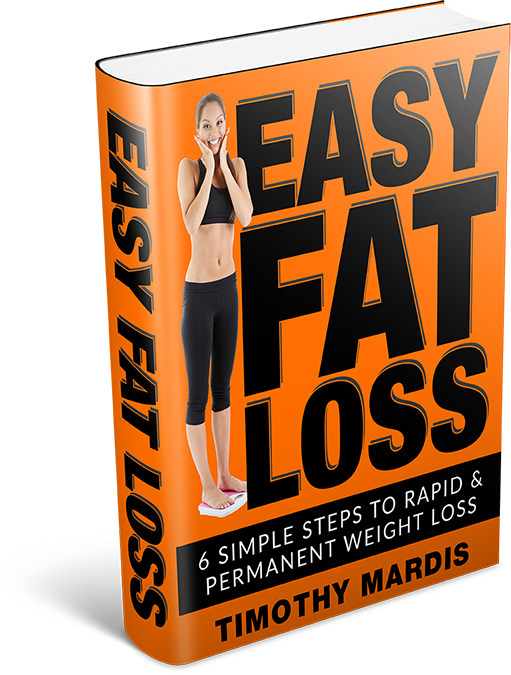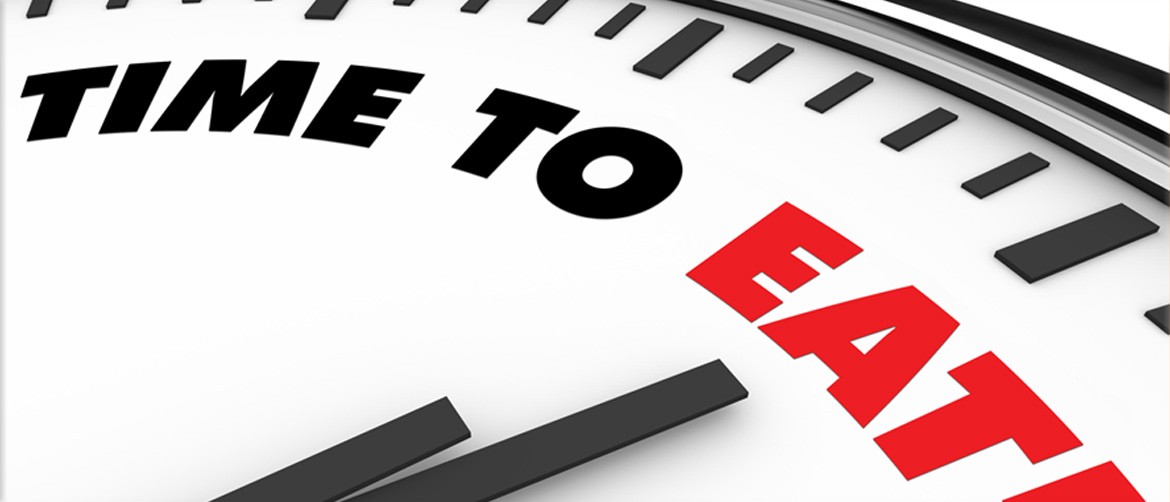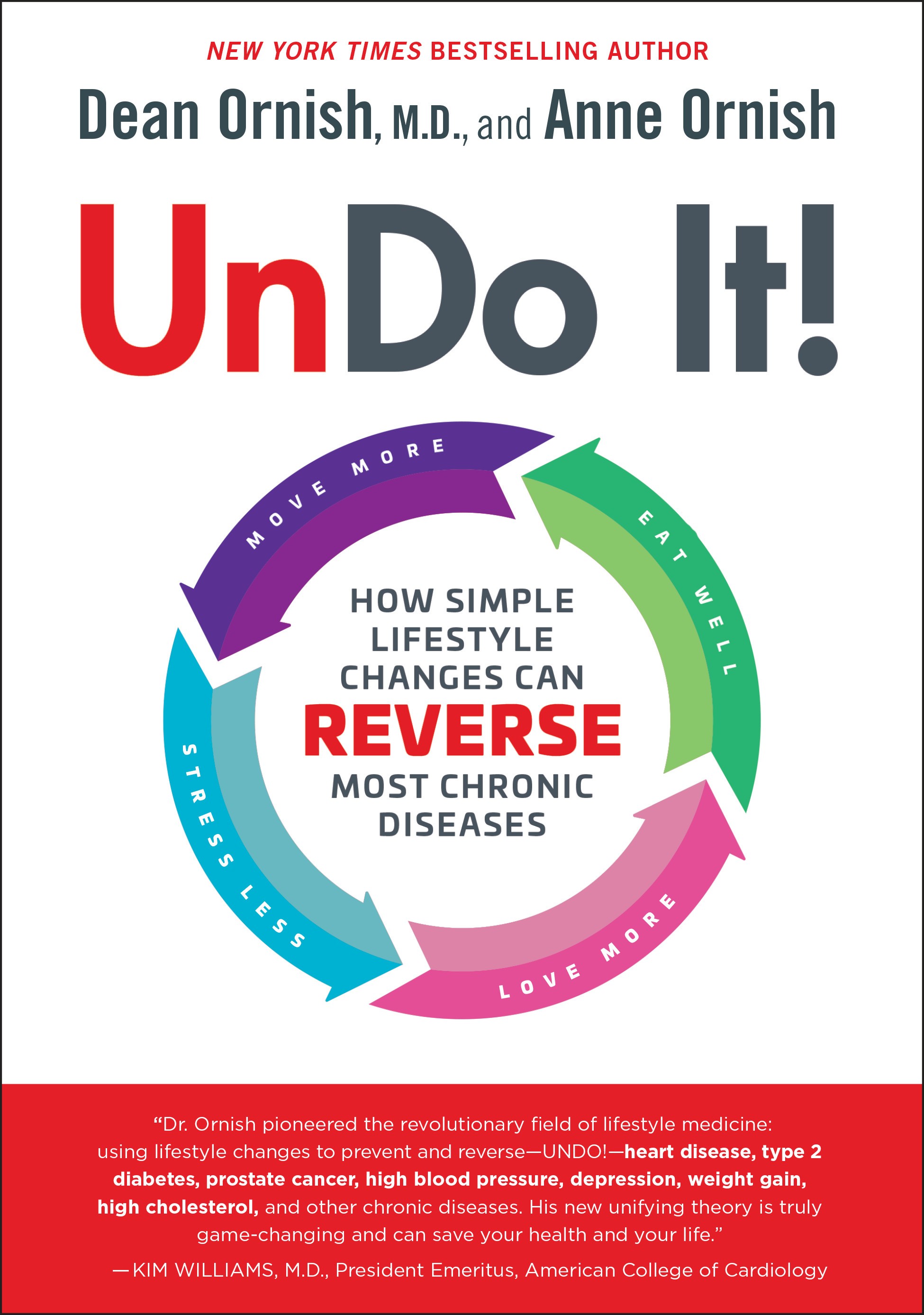The KETOgenic Diet for Beginners
By: XUBI STAFF
Chances are unless you’ve been living on Mars, you have most likely heard of someone, somewhere talking about the ketogenic or KETO diet. And unless you’ve eagerly jumped aboard the KETO Train, perhaps you are like so many others that think it’s just another fad diet. Rest assured, the KETO diet is not a fad diet. As a matter of fact, it has been around for nearly a century, but only in recent years has the KETO diet garnered significant popularity.
A better understanding of the KETO diet will help you decide if this is the right approach to meet your dietary needs. It should be noted that the KETO diet is not a “weight loss” diet designed to help you lose weight for a special event before going back to your normal eating habits. Instead, KETO is a diet that you can follow for the rest of your life because it permits you to consume the macronutrients; Fat, Protein, and Carbohydrates, but in a slightly different manner than most people are commonly accustomed to.
The science behind the ketogenic diet is based on the approach of putting the human body into a state of KETOSIS. According to research, ketosis is a metabolic state characterized by elevated levels of ketone bodies in the blood or urine. Physiologic ketosis is a normal response to low glucose availability, such as low-carbohydrate diets or fasting, that provides an additional energy source for the brain in the form of ketones.
In Lehman’s terms, you put your body into a state of ketosis by eating a high fat, low-carb diet and in turn, your body begins burning fat at a faster rate to provide it with energy. This means that your body no longer relies on the carbohydrates which you consume from breads, pasta, sugars, etc. for glucose to provide your body with the energy it needs for survival.
NOTE: ALL macronutrients increase insulin! While it is true that carbs are notorious for increasing insulin, from which body fat is stored, so too does protein and fat. It’s just that protein and fat do not raise insulin levels as much as carbohydrates.
It may seem counter-intuitive to eat fat in order to lose fat, however, by switching to healthy fats along with proteins and lower carbs, your body is forced to tap the fat reserves to provide you with enough energy for the day. This process begins when the liver turns the body fat along with the fat that you consume into ketones. Ketones are an alternative source of energy that burns away excess weight. This means that you start burning body fat at a higher rate, a rate that can be accelerated further with the right amount of exercise.
Benefits:
There are several benefits to the KETO diet, starting with the fact that unlike glucose, which can be stored as fat in the body, ketones cannot. Because ketones are digested differently compared to sources of glucose, they are removed from the body. There are other notable benefits to the KETO diet beyond those of fat loss.
- Reduces risk of Chronic Disease
- Reduces appetite
- Reduces cravings for food
- Mental clarity and sharpness
- Reduces inflammation
- Provides abundant energy
- Improves fat burning
How Do I Get Started on the KETO Diet?
To start the KETO diet, the first step is to look at EVERYTHING you eat and drink on a daily basis --- yes, that also means the things you put into your coffee. This is an important step to identifying all the macronutrients you consume daily. More specifically, the sources from which you receive your carbohydrates --- read every label so there are no surprises. Understanding what you are currently consuming will help you tremendously when you begin designing your KETO diet plan.
NOTE: While it may appear that you are rapidly losing weight at the onset of the KETO diet, much of this weight is most likely the result of drastically lowering your carb intake; carbs hold water*, fewer carbs – less water, better scale reading. However, your body will adapt, and the rapid weight loss will eventually slow to a crawl. This does not mean that KETO is not working for you.
* 1 gram of carbs holds approx. 3 g of water, so, if you were to consume 50 grams of carbs (1 average-sized muffin), then your body would hold onto about 150 grams or .11 pounds of water.
Healthy Fats:
The keywords here are “healthy fats”. This means that you’ll want to steer clear of highly processed fats; refined vegetable oils, processed meats and foods, especially snack foods that are are generally high in disease-causing, artery-clogging trans fats. Focus on ingredients and foods that contain unsaturated fat such as avocados, butter (real), coconut oil, extra virgin olive oil, nuts & seeds and fatty fish. These types of fats will help provide you with the energy needed along with satisfying your hunger.
Proteins:
While protein is a major component of every cell in your body; responsible for muscle repair and growth, healthy hair, skin and nails as well as the creator of hormones and enzymes, too much of a good thing can prevent your body from going into a state of ketosis. This happens when excess amounts of proteins get turned into glucose which is not something you want to happen. If you are exercising, particularly if you are engaged in weight training or resistance workouts, then you’ll want enough proteins to rebuild the muscle tissues. Otherwise, you’ll want to keep the protein amount in check.
Carbohydrates:
It is not recommended that you totally eliminate carbs, but you will certainly need to reduce them to a manageable amount. NOTE: dietary fiber is often counted as a carb, but they are not the type of carbs that you should be concerned with because dietary fiber is not digested, so it does not count towards the carbs that are consumed.
KETO Approach:
When perusing the Internet for information on the KETO diet you will find many different variations. The following are four main types of KETO; in no particular order.
Standard Ketogenic Diet (SKD)
Macronutrient Ratio: 75% FAT,15-20% PROTEIN, 5-10% CARBS
The standard ketogenic diet is perhaps the most common version of the four KETO diets discussed herein. Many consider it the best for choice those beginning a KETO regimen, those desiring to reduce body fat, and those with insulin resistance.
Targeted Ketogenic Diet (TKD)
Macronutrient Ratio: 65-70% FAT, 20% PROTEIN, 10-15% CARBS
The targeted ketogenic diet essentially targets your carbohydrate consumption. More specifically, the consumption of carbs is targeted around intense exercise. The reason this is so beneficial for persons who enjoy an exercise regimen, as well as a KETO diet, is because the addition of carbs is beneficial for fueling muscles with enhanced by glucose availability during exercise thereby maintaining exercise performance.
Cyclical Ketogenic Diet (CKD)
Macronutrient Ratio: ‘Cycle In’ 75% FAT, 15-20% PROTEIN, 5-10% CARBS
Macronutrient Ratio: ‘Cycle Out’ 25% FAT, 25% PROTEIN and 50% CARBS
Keto cycling is a manner in which you could ‘cycle in’ and ‘cycle out’ of ketosis. While less common then other methods, it does allow you to enjoy a more traditional diet when you cycle out of KETO. This is particularly helpful for those celebrating special occasions such as holidays and birthdays, or when on vacation. One approach is to cycle in for five days and two-cycle off for two days per week.
High-Protein Ketogenic Diet (HPKD)
Macronutrient Ratio: 60-65% FAT, 30% PROTEIN, 5-10% CARB
This is a popular method amongst bodybuilders, weightlifters, or those who need more protein in their diet. There is a misconception about the keto diet that eating too much protein can put you out of ketosis because of gluconeogenesis (GNG) and for that reason many people in need of additional protein will not choose the HPKD method. While it is true that through the process of gluconeogenesis glucose is manufactured via protein (and fat), gluconeogenesis does not work at the same rate as carbohydrate metabolism (making glucose from carbs).
Supplements:
A good supplement aids with filling in nutritional gaps, and the same holds true for KETO supplements because they tend to provide a smoother transition when you’re moving from a traditional diet to a low-carb, high-fat KETO lifestyle.
KETO supplements such as exogenous ketones will help put you in a state of ketosis. Here are other areas supplements may help.
· Avoiding symptoms like fatigue, brain fog, headaches and constipation.
· Accelerate the process of how quickly you cycle into ketosis and begin making ketones.
· Decrease the chances you’ll experience nutrient deficiencies, such as an electrolyte imbalance, or dehydration.
Tracking Macronutrients (Macros):
Unlike the common, tedious dieting practice of ‘calorie counting’, tracking your macros is considerably easier since you already know precisely what percentage of Fats, Proteins and Carbohydrates you will consuming daily. For example, if you are on the SKD and you are to consume no more than 30 grams of net carbs per day, then you can predetermine exactly what item or items you will eat in a given day to equal 30 grams.
Potential Issues:
Keep in mind that while the KETO diet has been shown to work effectively for many people, that does not mean that the KETO diet is an eating plan for everyone. There are a couple of side effects to the diet that you should be aware of when starting this eating pattern.
Fatigue: Carbohydrates provide energy and when you cut the carbs to a great degree, going into ketosis may still not provide what you need to get through the day. This is a common side effect for those who jump into the KETO diet right away. While your body may enter a state of ketosis, the fat may not be enough to properly fuel your body’s needs. It is recommended that you start the KETO diet by identifying and slowly switching away from the carbs. This means that you should cut down and cut out “fast” carbs first. Here’s a brief list of some items considered fast carbs.
- Sugar-sweetened beverages including fruit juices
- Candy
- Short-grain white rice
- White bread
- Breakfast cereals
- Potatoes
- Dried fruits
To help avoid fatigue when you start the KETO diet, consider adding some slow-burning carbs to provide the energy your body needs while reducing the number of fast carbs. Slow-burning carbs such as oatmeal, for example, provide plenty of energy while being slow to turn into fat. Once you have been on the diet for a while, you can begin cutting down on the slow carbs as your body adjusts.
Digestive Issues: Eating a lot of the wrong foods (i.e. meats) may clog up your digestive tract. This is why you should maintain a healthy intake of fiber in the diet. You can add fiber from natural sources or use supplements to ensure that your digestive system stays sound. Fruits and vegetables have plenty of fiber along with beans and legumes which are excellent sources of protein. Be sure to do your research before adding fiber to your diet, as too much may become just as big a problem as too few.
In Conclusion:
The KETO diet is most certainly a lifestyle change and that should be understood before beginning. Carbohydrates are part of everyday life for most individuals. From breakfast cereals, muffins and sweetened beverages and throughout the entire day, carbs are seemingly a necessity for survival. That is simply not so. Research shows that people who make the transformation to a low-carb, high-fat diet can unquestionably enjoy a better quality of life.
So, if you are looking for a proven diet program that does not leave you hungry and wanting more food, then the KETO diet may be for you. It is based on solid science and nutrition, offering what your body needs while limiting the carbs and sugars that it does not. For those who have tried other diets and failed, the KETO diet may be just perfect for your needs.
DON’T FORGET TO GRAB YOUR FREE BOOK BEFORE YOU GO!
EASY FAT LOSS
Six Simple Steps to Rapid & Permanent Weight Loss

Learn the steps that transformed an out-of-shape, 49-year old heart attack sufferer into a Body-for-LIFE National Transformation Champion
IN ONLY 12-WEEKS!
CAUTION
The following articles, blog, recipes and videos may recommend nutritional, health, and/or fitness information, and it should be noted that the information is designed for educational purposes only, and not as medical advice. This information is not intended as a substitute for, nor does it replace, professional advice, diagnosis, or treatment from a qualified health care professional. If you have any concerns or questions about your health, you should always consult with a physician or other health-care professional immediately.







